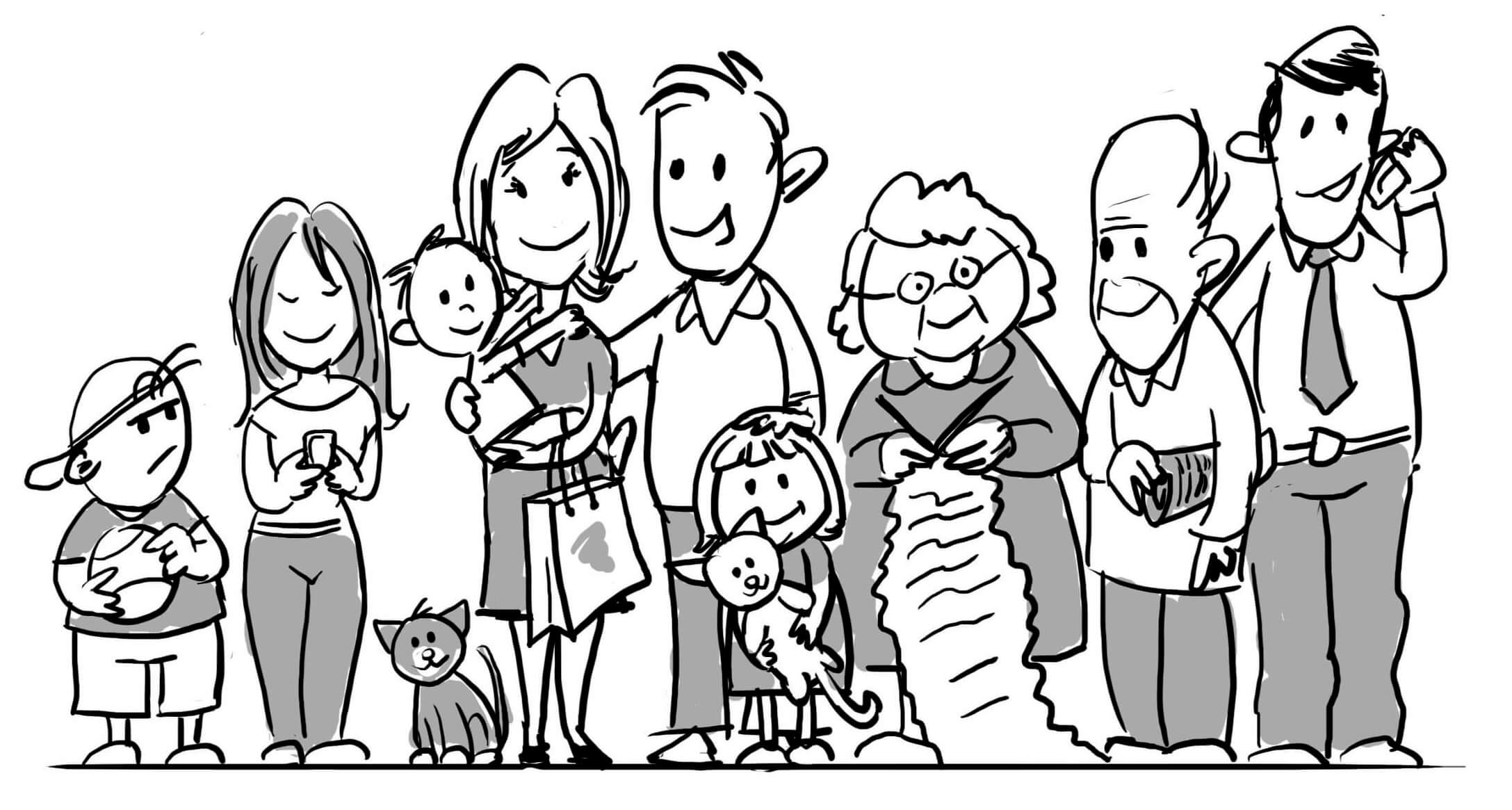If you’re reading this, then you are probably eager to delight your customers and take your service to new heights. Well, you’re in the right place to learn how to give outstanding customer service.
In this article, we will explore four transformative ideas that will elevate your current customer service standards to exceptional levels. Prepare to embark on a journey that will empower your employees, foster customer loyalty, and drive your business towards greater success.
As our customers have found their voice and the power to approve, criticise or question brands and manufacturers, customer service has evolved into a vital aspect of every organization.
And while most businesses see the need for customer service, too many service reps continue to respond using pre-defined scripts and answers. In today’s world of personalisation, this is clearly not going to delight your customers, so a fresh approach is required.
Enter employee empowerment – a paradigm shift that enables customer service representatives to make decisions within defined boundaries, tailored to the customer’s best interest.
While guidelines are still important, organisations should empower their customer service reps to do what’s best for the customer – within agreed boundaries.
So giving employees more say in managing customer connections is good for customers, but it is also good for the company.
Organizations prioritising employee empowerment create a positive work environment, which in turn fosters customer loyalty, and leads to greater business success.
The Power of Employee Empowerment in delivering outstanding customer service
Empowered employees exhibit higher job satisfaction, engagement, and a sense of ownership in customer interactions. They are also more likely to take ownership of customer interactions, proactively solve problems, and deliver more personalized experiences. This, in turn, leads to improved customer satisfaction, loyalty, and advocacy.
So what exactly is employee empowerment, you might be wondering. Well, it is the process of granting employees the authority, autonomy, and resources to make decisions and take actions that positively impact customer experiences.
By trusting employees to act in the customer’s best interest and equipping them with the necessary tools and support, organizations can unlock a host of benefits.
It increases job satisfaction and engagement as employees feel valued, trusted, and responsible for their work.
Investing in Customer Service Training and Development Opportunities
Perhaps you’re feeling slightly nervous after reading the previous section about giving your employees more freedom. Well, don’t worry; we are not suggesting that you give them a totally free rein.
Embracing employee empowerment does not mean relinquishing control; it means providing comprehensive training and development programs.
These initiatives equip customer service reps and other customer-facing personnel with the skills, knowledge, and confidence needed to handle diverse customer scenarios and deliver exceptional service.
Comprehensive onboarding ensures that employees receive proper orientation, understand their roles in delighting the customer, and are introduced to the organization’s customer-centric values and expectations.
And ongoing training, workshops and online resources are all vital to keeping employees updated on new products, services, and industry trends. They also allow them to … Click to continue reading




 Every time someone came to my room, they introduced themselves and explained why they were there. Over the course of the days I spent at the hospital and then the clinic, I saw many different doctors, nurses. cleaners, waiters etc. I appreciated that they themselves always started by introducing themselves and stating what their responsibility was in caring for me.
Every time someone came to my room, they introduced themselves and explained why they were there. Over the course of the days I spent at the hospital and then the clinic, I saw many different doctors, nurses. cleaners, waiters etc. I appreciated that they themselves always started by introducing themselves and stating what their responsibility was in caring for me.
